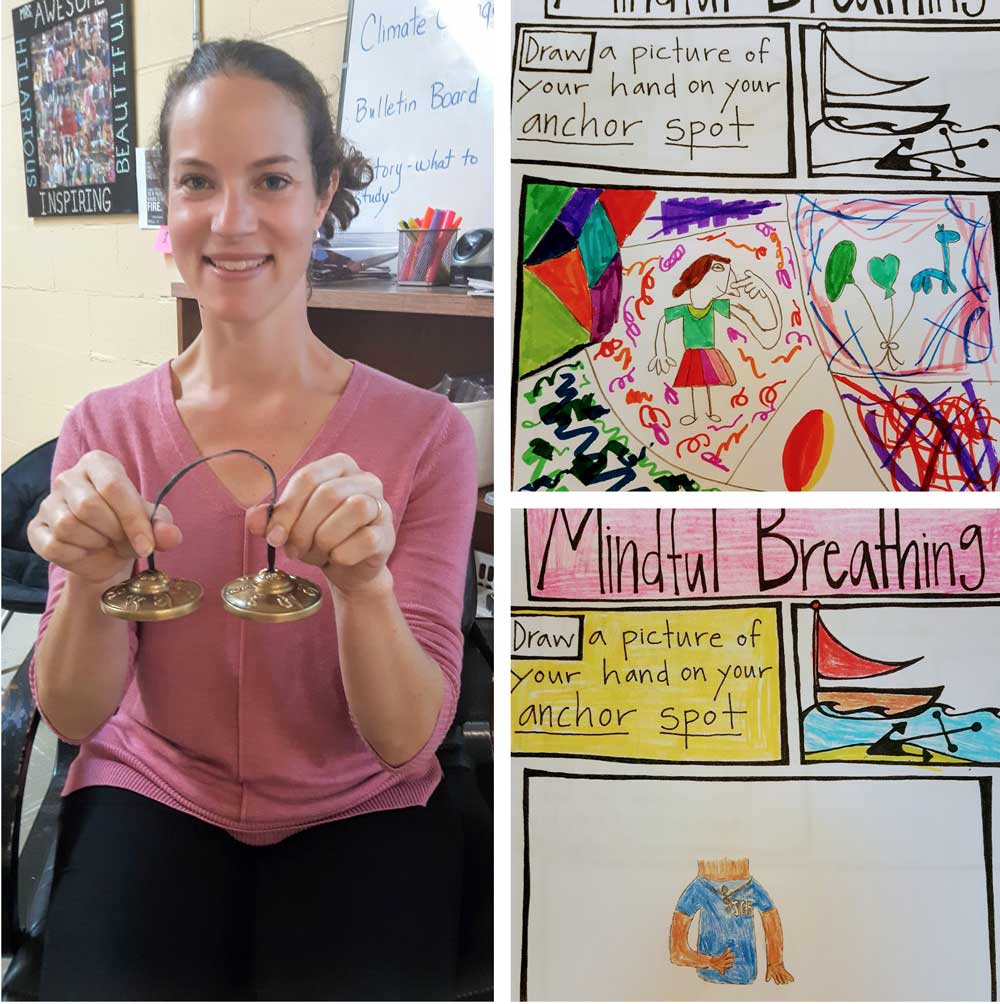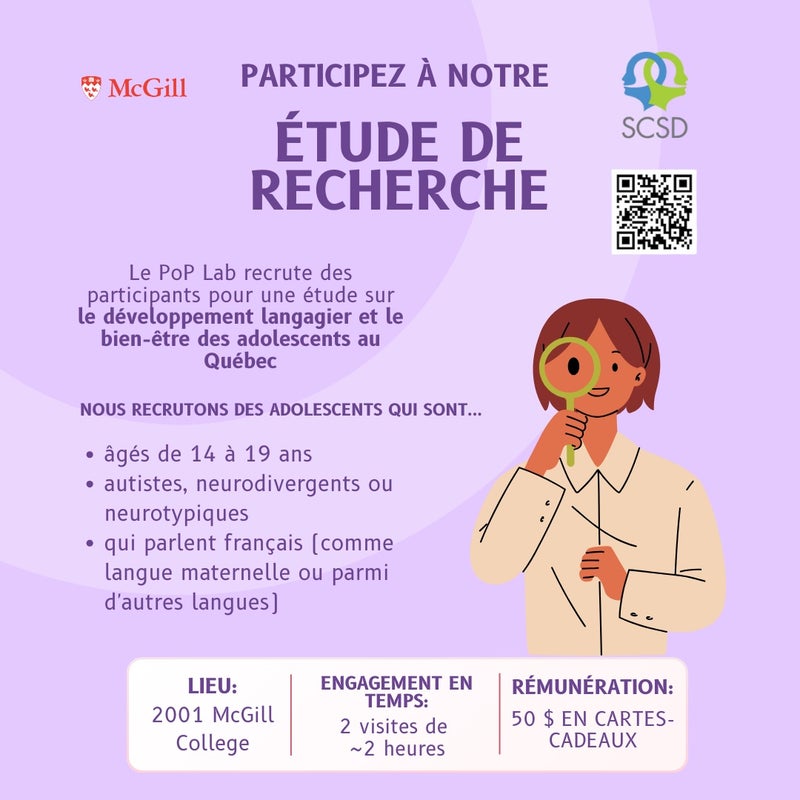Mindful breathing: Anchor words

by Danika Swanson
With this edition, we find ourselves in Fall, a season of change and transition. It is easy to get swept up in the busyness of school and life, and the uncertainty of what lies ahead. We can use the tools of mindfulness in these moments to help ground us in the present.
Remember, mindfulness is about paying attending to the present, on purpose, with curiosity and kindness. In past editions, we practiced mindfulness by paying attention to sound, breath, body and thoughts. Most recently, we practiced “mindful seeing,” turning our attention outward to notice what is around us. Many of these practices utilize an “anchor,” something on which to focus, and to help bring our attention back to the breath and to the present when it drifts off. This time, we are going to explore working with “anchor words” to focus our attention.
The practice of using anchor words to focus on the breath and “note thinking” is also often referred to as “noting.” As you breathe, you simply repeat the words, “breathing in, breathing out” in your head, matching the pace of your breath. Then, when your mind wanders, you use an anchor word to note your thoughts, such as “thinking, thinking,” before returning to “breathing in, breathing out.”
As with many mindfulness practices, this one can help reduce stress and anxiety, improve overall health and well-being, and enhance judgement, focus and concentration. It is also a helpful tool to deal with negative emotions and to cool down when we’re angry. The practice helps create some distance between our thoughts and our feelings, which allows us to sit with them, without becoming overwhelmed by them.
I have found it also helps with self-awareness
– where do my thoughts tend to go when they wander?
You can do this practice standing, sitting or lying down. Keep your eyes open or gaze softly in front of you. You can do this silently and internally, or say the words out loud (this can be especially helpful for younger kids). You can guide yourself or use one of the videos or audios to guide you.
Practice
- Get into your preferred mindful posture. I invite you to try standing with feet shoulder-width apart and parallel, planted firmly on the ground.
- Start by saying “breathing in, breathing out,” extending the words to the length of your breath, “bbrreeaaathiiing iiinnn, bbrreeaaathiiing oooutttt.” Do this silently in your mind for a few breaths.
- When you notice your mind wandering, say “thinking, thinking” in your mind before bringing your attention back to the breath with “breathing in, breathing out.”
- Continue for a few minutes before opening your eyes. Notice how you feel.
- Where did you notice your attention going? If you find yourself planning, worrying, remembering, you can use those words to note thoughts, such as “worrying, worrying.” See if you notice any patterns, as always, without judgement. And if there are other anchor words that might be helpful for you, try using those too, such as “feeling, feeling” or “dreaming, dreaming.”
Danika Swanson is the consultant for the Spiritual and Community Animation Service at the English Montreal School Board. She was trained by Mindful Schools to teach mindfulness to elementary and secondary school students.
Links:
Benefits of mindful breathing: https://ggia.berkeley.edu/practice/mindful_breathing
Mindful breathing with anchor words: https://insighttimer.com/jglarochette/guided-meditations/mindful-breathing-with-anchor-words (5:14)
Headspace | Meditation | The Noting technique: https://www.youtube.com/watch?v=FjI9v-VYwZY (1:31)
Breathing meditation: https://www.uclahealth.org/marc/mpeg/01_Breathing_Meditation.mp3 (5:31) UCLA Mindful Awareness Research Center
Meditation de la Respiration (6:32): https://www.uclahealth.org/marc/mpeg/1.Meditation-de-la-Respiration.mp3
Thought Bubbles | Cosmic Kids Zen Den – Mindfulness for kids (6:28)









